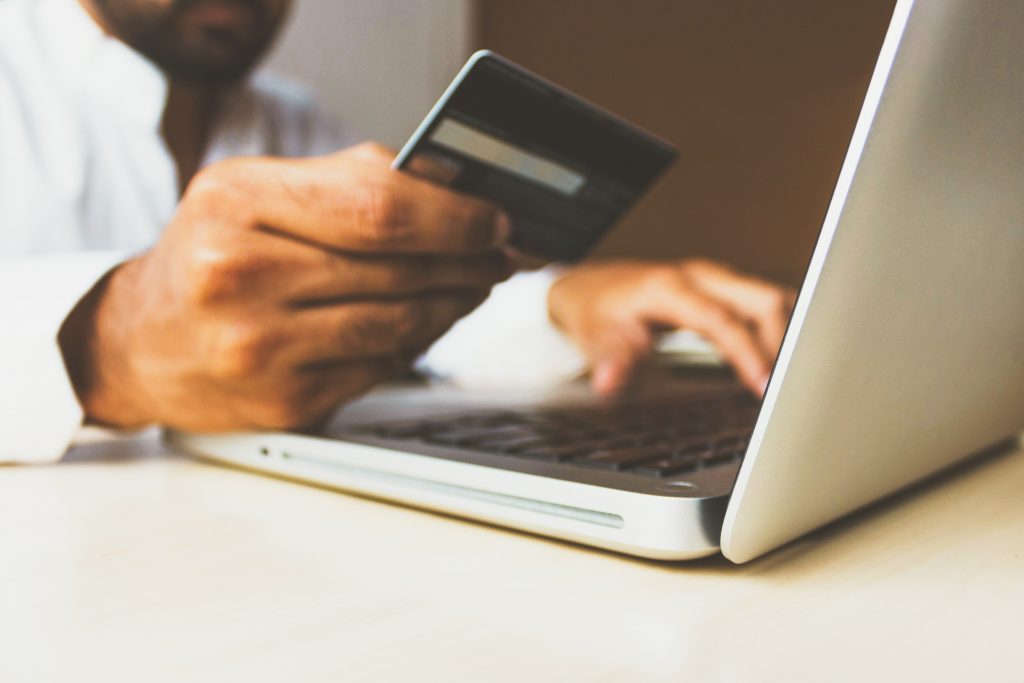Customer retention is crucial to any business. While the initial acquisition of customers may give businesses a buzz, it is the retention and loyalty over time that keeps companies running.
However, in a world where businesses can seemingly target any audience they like and sell to them directly, have we forgotten about good old customer retention? For some businesses the answer may be yes, but without solid customer retention they won’t last very long before they crash and burn.
Customer retention is evolving with the times, however customer loyalty and relationship building is still at the heart of business. Get to know the stages of customer retention and understand how to adapt in this article.
Once you have reached, acquired and made a sale to a potential lead, it’s time to develop and nurture that relationship. This is known as customer retention and refers to how you keep in contact with the customer in order to retain their business.
Customer retention may start with ensuring that they are kept up to date with the status of their order, then ensuring that they are satisfied with their purchase. A company may do this by offering a feedback form, or sending an email to ask them to rate the product or service.
By getting their feedback, you prove that you care about their opinion and want to serve them as best as possible. It also gives the customer the opportunity to discuss any negative feedback that is much better kept on a private email as opposed to spread on social media or customer rating sites.
Once the customer has enjoyed an initial purchase, you may opt to enter them into a pipeline where you can assess how the lead navigates the website, rates products and shows interest in new services. Using analytics you can pair customers with the deals and products that they really want to see.
This not only means that they are more likely to re-purchase, but it also means that their user experience is boosted. By showing them the products that they want to see, and avoiding advertising the ones they don’t, you immediately build a relationship based on trust and authenticity.
Customer retention is all about staying in contact with your customer to deliver intelligent and meaningful messaging. Communicating effectively with your customers in between their purchases ensures that you stay at the forefront of their mind and continue to add value even when you’re not directly advertising to them.
A great example of this would be sending valuable content, newsletters, emails etc. that offer value to the customer without pushing a product or service directly. This builds brand trust and allows the customer to get to know your brand.
The final stage of customer retention is when the customer becomes a natural brand ambassador. This offers an amazing way to advertise your brand and spreads awareness of your product or service for free. Word of mouth referrals are still some of the most valuable ways to make recommendations, so this stage of customer retention is highly valuable.

Sending an email to offer people the chance to give feedback is fine. But if you really want to connect with your audience, it pays to have a system in place whereby customer feedback is dealt with quickly and effectively. This means combining both automated systems and human contact to create a seamless customer feedback process.
Having human beings on the end of your customer feedback forms or email inboxes is a really valuable strategy, and allows people to talk through their concerns. It also allows you to gather a greater understanding of your customers, and fast track any important messages that an automated system might miss. However, at least in the initial stages of customer feedback, automated replies can be very helpful. An initial automated email asking for feedback, and then an automated email thanking them for their feedback is often recommended to hit the sweet spot between human contact and automation during the feedback process.
Often brands fall into the trap of sending relevant messaging, without adding value. Their messaging might be relevant in the sense that it pushes a product that’s similar to the one they bought before, or directs them to a new product launch that they might be interested in. However, more often than not, the content is not adding value or engaging the customer.
People want to read valuable content that they really care about. Chances are, no matter how amazing your product is, an email pushing a sale isn’t going to fall into the valuable category. Try delighting your customers with content offerings around the products they already bought. By giving them content based upon the products they already have and dropping any new products in as an afterthought helps to build the relationship between brand and customer.

Social media ads can be a highly effective way to retarget customers who have already accessed your website, and should be considered an essential part of any customer retention strategy.
Influencer marketing can also be an amazing retargeting tool, and is a very subtle way to engage your audience authentically. Like social media ads and retargeting, influencer marketing can be highly targeted and appeals to a specific audience. By collaborating with influencers who are followed and respected by your target audience, you are able to send relevant messaging and back it up with social proof.
66% of small businesses don’t have loyalty programs, yet they are often the businesses that need them the most. By rewarding loyalty, your brand will entice customers to repurchase with you, whilst simultaneously allowing them to feel more valued by your brand.
Rewarding loyalty offers an incentive for people to buy with you again, and adapts the relevant messaging stage to offer something that everyone wants to open – messaging about offers and rewards!
You know you’ve won customer retention when the customer is so thrilled by your product that they are happy to recommend you to friends. Whilst this is often an organic part of customer retention, it can be worthwhile to offer the option of referral to your customers.
Brands may choose to do this by creating referral offers, directing customers to referral pages in order to access discount codes or asking them to recommend the product to a friend online for a reward. Asking the customer to recommend your product builds organic networks, and adapts the customer retention process to encourage brand advocacy.
One of the best ways to boost customer retention is by making the communication channels between the customer and the brand seamless. This may include building digital products that allow the customer to access the brand with ease, such as an app or mobile friendly website.
Digital products can also be a great way to deliver value to the consumer – offering insights and support online that will build a solid consumer-brand relationship. For more information on the kinds of digital products that can aid customer retention strategies, get in touch with the ENO8 experts today.
Jeff Francis is a veteran entrepreneur and founder of Dallas-based digital product studio ENO8. Jeff founded ENO8 to empower companies of all sizes to design, develop and deliver innovative, impactful digital products. With more than 18 years working with early-stage startups, Jeff has a passion for creating and growing new businesses from the ground up, and has honed a unique ability to assist companies with aligning their technology product initiatives with real business outcomes.
Sign up for power-packed emails to get critical insights into why software fails and how you can succeed!
Whether you have your ducks in a row or just an idea, we’ll help you create software your customers will Love.
LET'S TALK